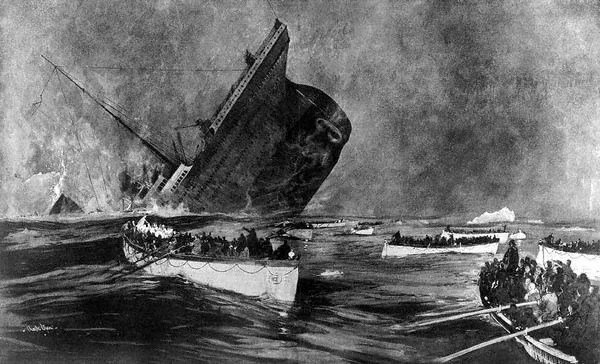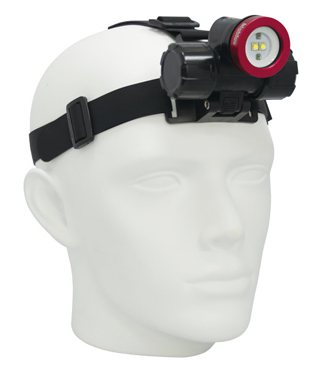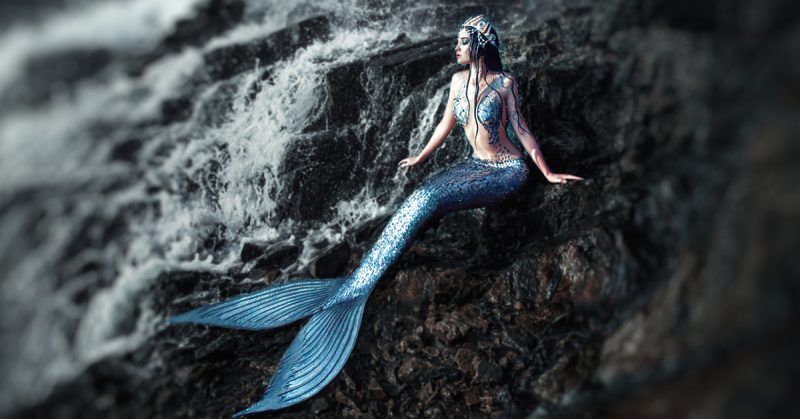The common name for the 12 carpet shark species in the family Orectolobidae is wobbegong. They are found in shallow temperate and tropical waters of the western Pacific and eastern Indian Oceans, primarily around Australia and Indonesia, though one species (Orectolobus japonicus) can be found as far north as Japan. The term wobbegong is thought to have originated in an Australian Aboriginal language and means “shaggy beard,” referring to the growths around the mouth of the western Pacific shark.
Wobbegong sharks are bottom-dwelling sharks that spend the majority of their time resting on the sea floor. Most species reach a maximum length of 1.25 m (4.1 ft), but the spotted wobbegong, Orectolobus maculatus, and banded wobbegong, Orectolobus halei, can reach 3 m (9.8 ft).
Wobbegongs have a symmetrical pattern of bold markings on their backs that resembles a carpet. Wobbegongs and their close relatives are commonly referred to as carpet sharks due to their eye-catching pattern. Camouflage is enhanced by the presence of small weed-like whisker lobes surrounding the wobbegong’s jaw, which act as sensory barbs as well as camouflage. Wobbegongs use their camouflage to hide among rocks and catch smaller fish that swim too close to them, which is typical of ambush predators. Wobbegongs also have a strong jaw with needle-like teeth that help them catch reef fish and other sharks for food.
Wobbegongs are not generally considered dangerous to humans, but they have attacked swimmers, snorkelers, and scuba divers who have come too close to them. The Australian Shark Attack File contains over 50 records of unprovoked wobbegong attacks, and the International Shark Attack File contains 28 records, none of which were fatal. Surfers have also been bitten by wobbegongs. Wobbegongs are extremely adaptable and can easily bite a hand that is holding onto their tail. They have many small but sharp teeth, and their bite can be painful even through a wetsuit; once bitten, they have been known to hang on and be difficult to remove.
Visibly atrophied dorsal musculature distinguishes underfed wobbegongs. (the wasting {thinning} or loss of muscle tissue)







Leave A Comment